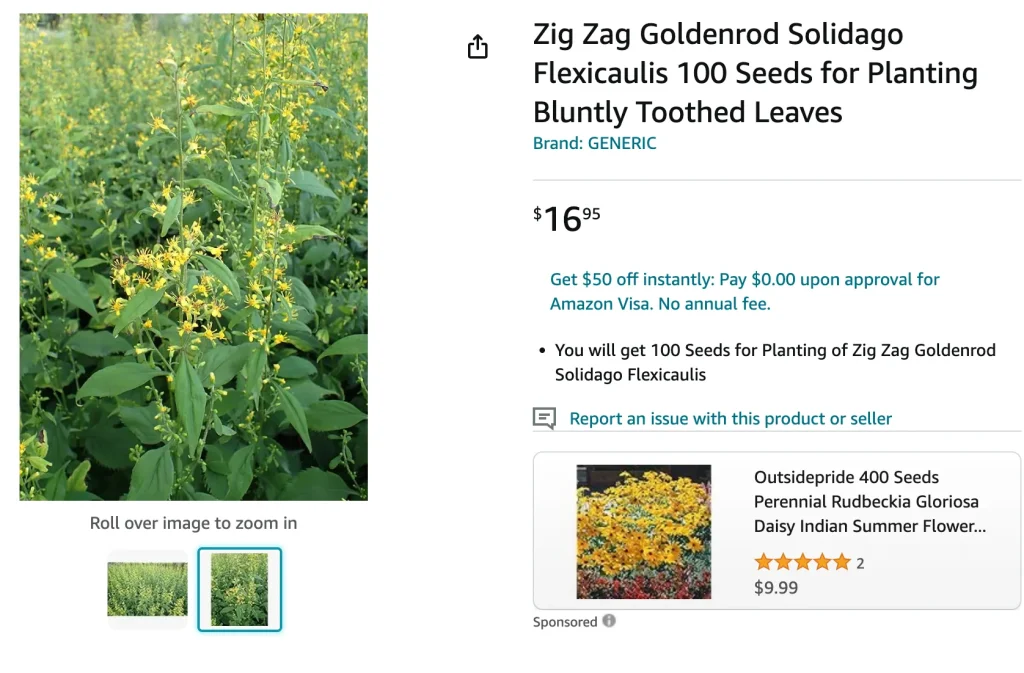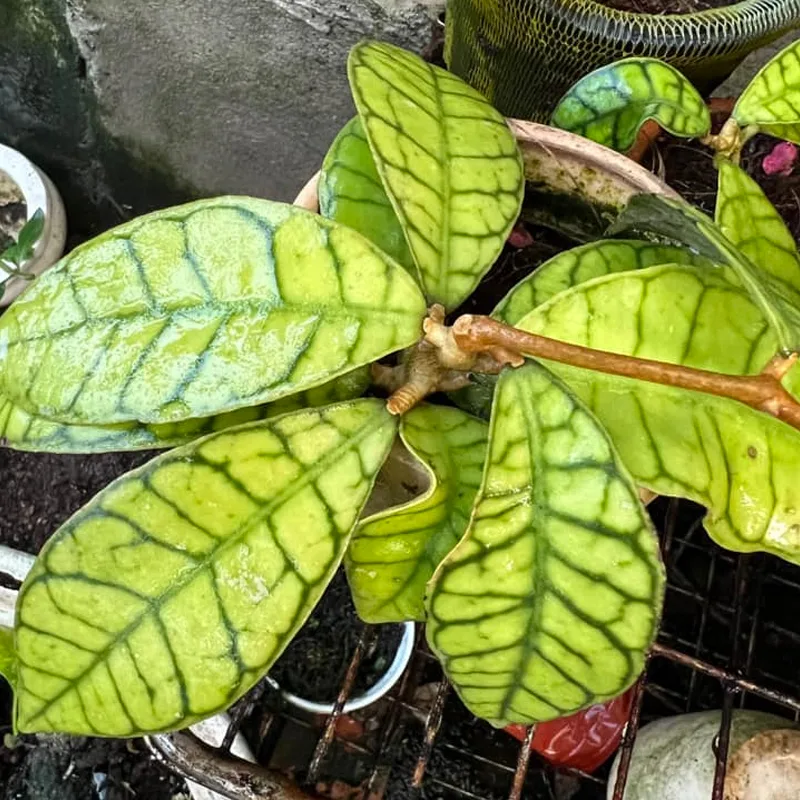
FAQs About Solidago Flexicaulis
Solidago Flexicaulis, commonly known as the Zigzag Goldenrod, is an intriguing plant in the Asteraceae family. As someone who has grown and observed this plant, I’ve gathered insights and answers to frequently asked questions about it. Here’s what you need to know.
145 Species in Genus Solidago
What is Solidago Flexicaulis?
Solidago Flexicaulis, or Zigzag Goldenrod, is a native perennial plant found primarily in the woodlands of North America. Known for its distinctive zigzagging flower stems, it produces golden-yellow blooms that add a touch of brightness to shady garden areas. The plant typically grows between 2 to 4 feet tall and thrives in woodland settings, making it an excellent choice for naturalized gardens or shaded beds.
How to Care for Solidago Flexicaulis?
Caring for Solidago Flexicaulis is relatively straightforward, thanks to its hardy nature. Here are some key points:
- Light Requirements: This plant prefers partial to full shade, mimicking the conditions of its natural woodland habitat. It can tolerate some morning sun but thrives best in a shaded environment.
- Soil: Solidago Flexicaulis grows well in rich, well-drained soil. It benefits from soil that retains some moisture but is not overly wet. Adding organic matter, like compost, can enhance soil quality.
- Watering: Regular watering is essential, especially during dry periods. However, avoid overwatering, as the plant does not like soggy conditions.
- Fertilizing: Fertilizing once in the spring with a balanced, slow-release fertilizer will support healthy growth. Over-fertilization can lead to excessive foliage growth at the expense of flowering.
- Pruning: Minimal pruning is needed. Remove any dead or damaged stems to maintain a tidy appearance and promote better air circulation.
How to Propagate Solidago Flexicaulis?
Propagating Solidago Flexicaulis can be done through division or seed. Here’s how:
- Division: In early spring or fall, you can divide established clumps. Dig up the plant, separate it into smaller sections with roots, and replant these sections in prepared soil. This method ensures the new plants are true to the parent plant.
- Seed: You can also propagate from seed. Sow seeds in late winter or early spring, either indoors or directly in the garden after the last frost. Keep the soil consistently moist until germination, which can take several weeks.
What to Plant With Solidago Flexicaulis?
Solidago Flexicaulis pairs well with other shade-loving plants. Consider these companions:
- Hostas: Their broad leaves and varied textures contrast beautifully with the fine foliage of Solidago Flexicaulis.
- Astilbes: Their feathery plumes and similar moisture needs complement the golden spikes of Zigzag Goldenrod.
- Ferns: Ferns add a lush, green backdrop that enhances the plant’s vibrant blooms.
Is Solidago Flexicaulis Toxic?
Solidago Flexicaulis is not considered toxic to humans or pets. Its non-toxic nature makes it a safe choice for gardens where children and animals play.
Benefits of Solidago Flexicaulis
This plant offers several benefits:
- Aesthetic Appeal: Its unique zigzag flower stems and golden-yellow blooms provide visual interest and brighten up shady garden spots.
- Wildlife Friendly: It attracts pollinators such as bees and butterflies, which helps support local ecosystems.
- Low Maintenance: Once established, Solidago Flexicaulis requires minimal care, making it an ideal choice for low-maintenance gardens.
Common Problems with Solidago Flexicaulis
While generally resilient, Solidago Flexicaulis can encounter a few issues:
- Powdery Mildew: This fungal disease can affect the plant, especially in humid conditions. Improve air circulation around the plant and avoid overhead watering to prevent it.
- Root Rot: Overly wet soil can lead to root rot. Ensure proper drainage and avoid excessive watering.
How Does Solidago Flexicaulis Compare to Similar Plants?
- Solidago Rugosa: Often confused with Zigzag Goldenrod, Solidago Rugosa has a more upright growth habit and larger leaves. It’s also more tolerant of sunnier conditions.
- Solidago Canadensis: Another similar species, Solidago Canadensis, has a more upright and bushy appearance compared to the zigzag form of Flexicaulis. It’s also more aggressive and may spread more rapidly.
In conclusion, Solidago Flexicaulis is a remarkable plant with distinctive features that make it a valuable addition to shaded garden areas. With proper care and attention, it can thrive and provide beauty and ecological benefits for years to come. Whether you’re looking to brighten up a shady spot or attract pollinators, Zigzag Goldenrod is worth considering for your garden.
If i die, water my plants!



